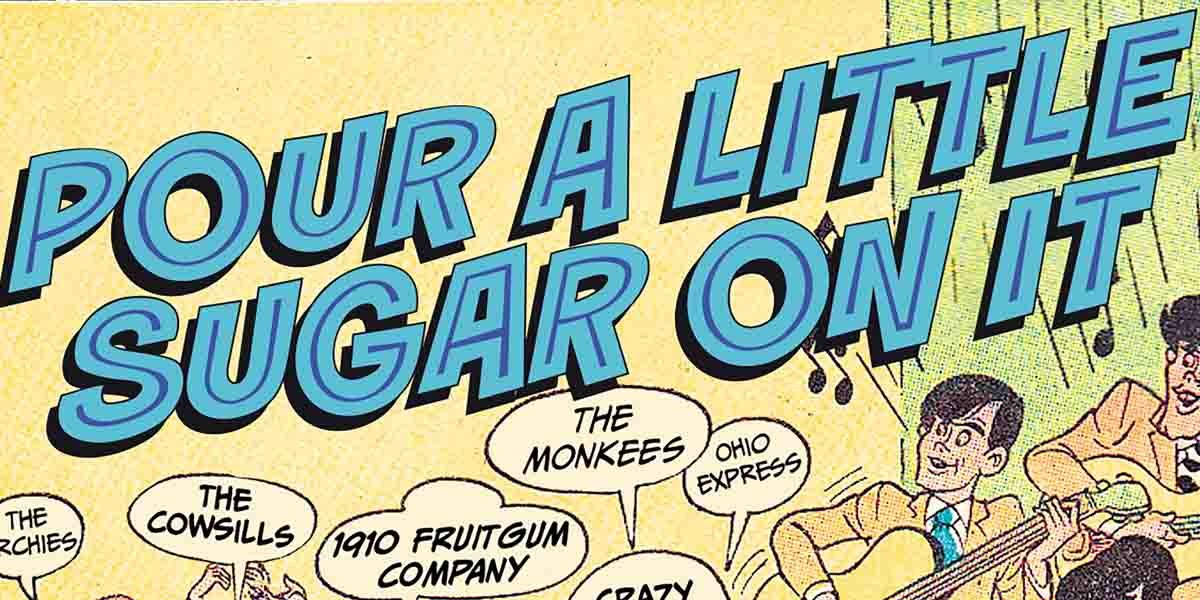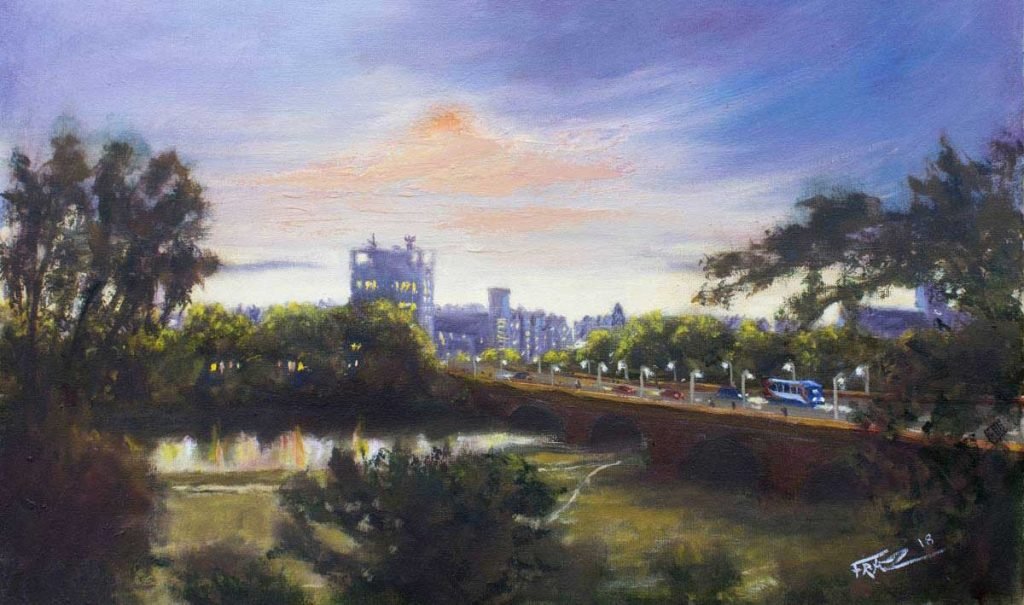As the weather continues to be a little cheerless, I thought I might continue the literary theme by looking at how the ‘garden’ itself has featured historically in the novel.
My shelves are full of not only practical guides to gardening, but lots of other things too: biographies, topography, history etc, but also novels. And of the novels I have read, reread, lost, and borrowed it is remarkable just how many feature the garden as something intrinsically valuable. In historical terms the garden is often something of beauty; something mysterious. More often than not it has deeply romantic or even tragic connotations.

Gad’s Hill Place, the home of Charles Dickens. Photo: www.gadshillplace.co.uk
I must admit to liking Dickens, and having read most if not all his novels, the garden would seem to play quite an important role. Writing as he did during the Victorian period, gardens were something many aspired to own. Gardening as a pastime became popular, and the creation of beautiful gardens inspired by the past grew. Dickens himself was very interested in gardens and gardening and suggested that England itself was ‘the one great garden’. I am not sure if he was much of a gardener himself, but certainly owned one at Gads Hill Place.
There are numerous references to gardens, and horticulture such as in Hard Times where even flowers are seen very much as an escape. The character Sissy Jupe who lives in an industrial ‘wilderness of smoke and brick’ loves to be amongst flowers (albeit ones merely seen in the fabric of a carpet). Escape to a garden also for David Copperfield who runs away from the awful conditions of factory life and finds himself in a beautiful oasis. Other examples include the notion of greenspace, if not actually a garden a place to escape the courtroom for Miss Flite in Bleak House.
In other literature, Lewis Caroll, in his sequel to Alice in Wonderland, Through the Looking Glass, sees Alice climbing through a mirror and into Wonderland. Alice enters a magical (though slightly disturbing) garden of talking flowers. In a more romantic frame Jane (of Jane Eyre) is to be found in the grounds of Thornfield Hall, where Rochester reveals to her his true feelings and they become engaged. The setting by a grand Chestnut tree, becomes a metaphor for stormy times ahead when it is later struck by lightening and splits in two.
Interestingly gardens represent both an oasis to escape to, and a means to tame nature. Somehow though there is a realisation that nature isn’t quite so easily tamed, and that she has a power outside of our reach and understanding. There is often a mystery attached to the garden. In perhaps the most famous of all works centred around a garden, the classic children’s novel The Secret Garden, the garden becomes a means to rejuvenate the life of a young girl.
The garden continues to this day to play an important role in literature. I remember reading Phillip Pullmans His Dark Materials and being struck by how significant the the garden is in the conclusion to his fantastical trilogy. In a dramatic end the characters Will and Lyra separated by parallel worlds to avoid the destruction of humanity, take an hour each Midsummers Day to sit together on a bench in Oxford Botanical Gardens.
As I write this the wind is blowing yet again, the snowdrops and hellebores are blooming and soon readers it will be time to start gardening in earnest. Drama or no drama our gardens will require our practical and dedicated attention.
As always Happy Gardening!
Author: DAVID FLETCHER
David Fletcher MCIHort is a fully qualified member of the Chartered Institute of Horticulture, and has been a gardener most of his life, both as a professional and an amateur.






